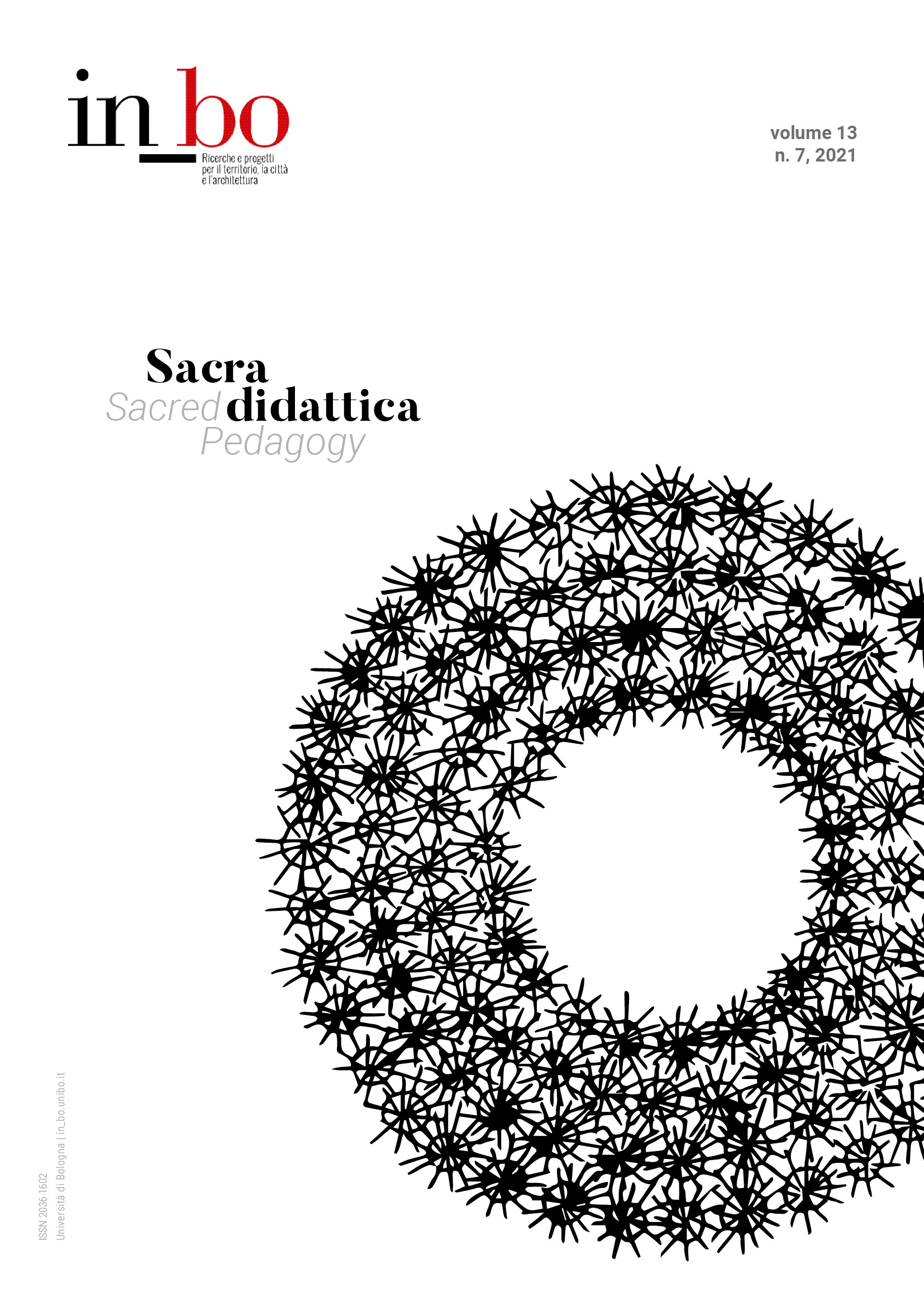Sacred Space and Contemporaneity. Tools, Methods and Perspectives for Teaching Architecture
DOI:
https://doi.org/10.6092/issn.2036-1602/14784Keywords:
technological design, urban regeneration, sacred architecture, parish complexes, teaching architectureAbstract
Within the framework of architectural design teaching, the reflection on “sacred” places as places of “worship,” proposed to international students, is a privileged opportunity for the young designer. The topic proves to be particularly suitable for communicating the values, qualities and characteristics that each architectural project should possess, as well as being capable of providing tools for understanding the urban landscape and its genesis, and, consequently, methods for its regeneration.
The precision of the program for the Christian religious building – the church – on the one hand, with its liturgical and celebratory aspects, and combined with its immaterial poetic component, constitutes a privileged stage for the creativity of the designers, as well as for a teaching/learning relationship that is not limited to the handing down of technical skills only.
From both research and teaching experiences – through the analysis of methods, outcomes, and paradigms – it emerged numerous inspirations from the approach of the sacred in the contemporary city. Inspirations address the theme in terms of meanings, methods, forms and poetics, showing its relevance within the training of architects, in an increasingly secularized, fluid, and multicultural society.
Downloads
Published
How to Cite
Issue
Section
License
Copyright (c) 2022 Francesca Daprà, Emilio Faroldi, Maria Pilar Vettori

This work is licensed under a Creative Commons Attribution-NonCommercial 3.0 Unported License.





